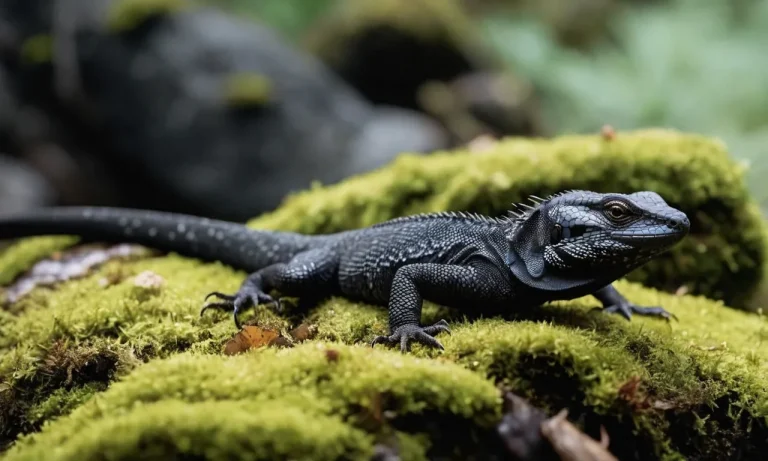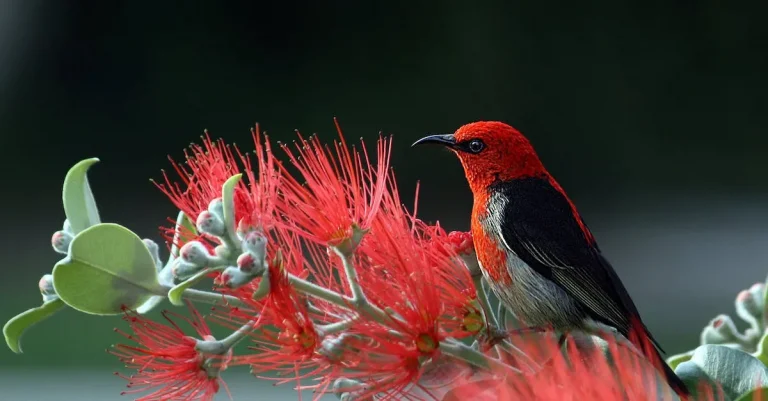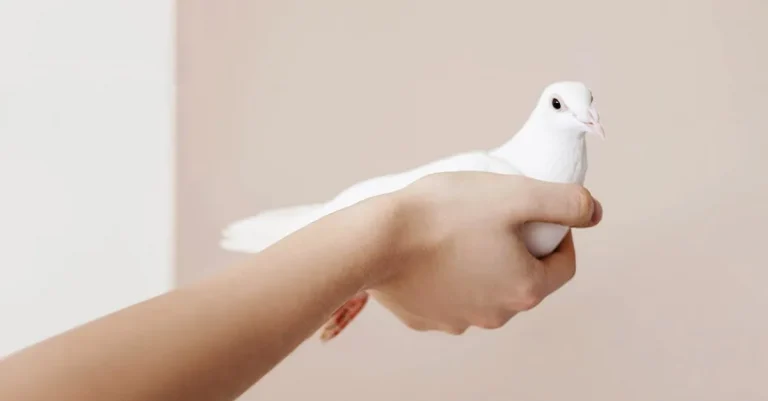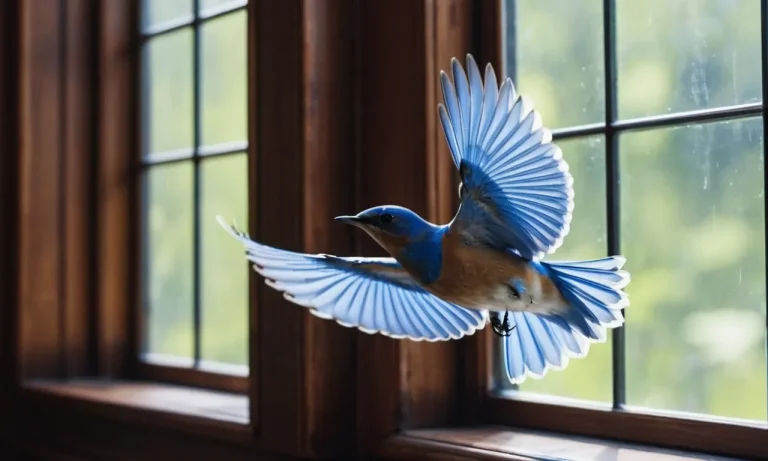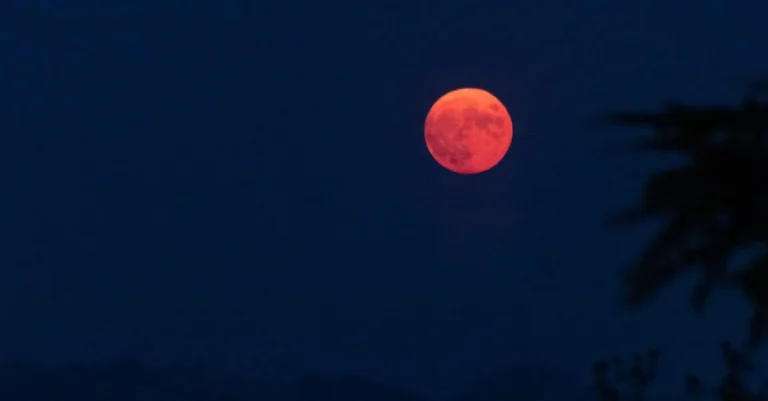Dragonflies have captured people’s imagination for centuries with their colorful, shimmering wings. If you’ve noticed the many different dragonfly colors and wondered what they mean, you’re not alone.
In short, while dragonfly colors don’t have an inherent symbolic meaning, they can inspire us to see the world differently and appreciate the diversity and beauty of nature.
In this in-depth article, we’ll explore the reasons behind dragonflies’ magical colors, the most common color varieties, interesting myths and legends about their meaning, and what dragonfly colors can represent to us.
What Causes the Various Dragonfly Colors
Dragonflies are known for their vibrant and diverse colors, which make them a fascinating subject of study for entomologists and nature enthusiasts alike. The colors of dragonflies are primarily determined by two factors: pigmentation and iridescence.
Pigmentation and Iridescence Create the Colors
The pigmentation in the wings and body of a dragonfly is responsible for the base color of the insect. Pigments are natural substances that absorb certain wavelengths of light and reflect others, giving an object its visible color. In dragonflies, pigments like melanin and carotenoids contribute to colors ranging from blues and greens to reds and yellows.
Additionally, dragonflies possess unique structures in their wings and bodies that give rise to iridescence. Iridescence is the phenomenon where colors appear to change when viewed from different angles. It is caused by the interaction of light with microscopic structures on the surface of the dragonfly’s wings and body. These structures, such as ridges and nanostructures, reflect and refract light, creating stunning and vibrant colors that seem to shimmer and shift as the dragonfly moves.
Differences Between Male and Female Dragonflies
Another fascinating aspect of dragonfly colors is the differences between males and females. In many species of dragonflies, the males often have more vibrant and eye-catching colors compared to females. This difference in coloration serves multiple purposes.
Firstly, the bright colors of male dragonflies act as a visual signal to attract females during mating. The males use their vivid hues to stand out and compete with other males for the attention of females. This phenomenon is known as sexual selection, where certain traits evolve to increase an individual’s reproductive success.
Secondly, the differences in coloration between male and female dragonflies can also be attributed to their respective roles in reproduction. For instance, female dragonflies often have duller colors and camouflage patterns to protect themselves from predators while they lay their eggs in aquatic environments. This helps them blend in with their surroundings and increases their chances of survival.
Geographic Location Plays a Role
The colors of dragonflies can also vary depending on their geographic location. Different regions may have varying environmental conditions, such as temperature, humidity, and availability of food sources, which can influence the pigments present in dragonflies.
For example, dragonflies found in tropical regions tend to have more vibrant and diverse colors compared to those in cooler climates. This can be attributed to the abundance of food sources and a longer breeding season, which allows for more genetic diversity and the emergence of a wider range of colors.
It is important to note that while the coloration of dragonflies is influenced by these factors, there is still much research to be done to fully understand the intricacies of their color patterns. By studying the various colors and their underlying causes, scientists can gain valuable insights into the evolution, behavior, and ecology of these remarkable insects.
Common Dragonfly Color Varieties
Dragonflies are known for their stunning and vibrant colors, which vary greatly among different species. These magnificent insects come in a wide range of hues, including blue, green, yellow, red, orange, brown, and black. Let’s explore the fascinating color varieties found in dragonflies and uncover the meanings behind their vibrant hues.
Blue Dragonflies
Blue dragonflies are some of the most captivating creatures in the insect world. Their radiant blue coloration is caused by microscopic structures on their wings and bodies that refract and scatter light, creating a mesmerizing iridescent effect. The blue color symbolizes tranquility and peace, often associated with calmness and serenity in nature. Some species, such as the Blue Dasher dragonfly, showcase a stunning metallic blue hue that is truly breathtaking.
Green Dragonflies
Green dragonflies are a common sight near bodies of water, where they spend most of their lives in search of prey. Their vibrant green coloration serves as a camouflage, allowing them to blend seamlessly with the surrounding vegetation. This natural disguise helps them avoid predators and become more efficient hunters. Green is often associated with growth, renewal, and harmony, reflecting the dragonfly’s ability to adapt and thrive in various environments.
Yellow Dragonflies
Yellow dragonflies are known for their bright and sunny appearance. The yellow color symbolizes joy, positivity, and optimism in many cultures. These dragonflies often inhabit areas with abundant sunlight, such as open fields and meadows. Their vibrant yellow hue not only adds a pop of color to the landscape but also serves as a warning to potential predators, indicating their toxic or unpalatable nature.
Red Dragonflies
Red dragonflies are a sight to behold. Their fiery red coloration is caused by pigments in their exoskeleton, which reflect and absorb specific wavelengths of light. Red is a color associated with passion, energy, and vitality. These dragonflies are often found near still water sources, such as ponds and marshes, where their vibrant hue stands out against the green foliage. Observing a red dragonfly can bring a sense of excitement and wonder to any nature enthusiast.
Orange Dragonflies
Orange dragonflies are a vibrant and eye-catching species. Their bold orange coloration is often associated with enthusiasm, creativity, and warmth. These dragonflies are commonly found in wetland areas and are known for their strong flying abilities. The bright orange hue serves as a warning signal to predators, indicating that they are toxic or distasteful. Their energetic presence adds a delightful splash of color to any natural setting.
Brown Dragonflies
Brown dragonflies may not be as flashy as their colorful counterparts, but they are equally fascinating. Their earthy brown coloration allows them to blend in with their surroundings, providing excellent camouflage during their hunting expeditions. Brown dragonflies are often found near streams and rivers, where their color helps them remain hidden from both prey and predators. Their understated beauty reminds us of the importance of adaptability and blending in.
Black Dragonflies
Black dragonflies exude elegance and mystery. Their dark coloration absorbs light, making them appear sleek and stealthy. Black is often associated with power, protection, and transformation. These dragonflies are commonly found near bodies of water, where they gracefully glide over the surface, capturing the attention of any observer. The black dragonfly’s enigmatic presence adds a touch of intrigue to the natural world.
Understanding the meaning behind dragonfly colors allows us to appreciate the incredible diversity and symbolism found in these enchanting insects. Each color variety holds its own significance, reflecting the dragonfly’s adaptability, grace, and resilience in their natural habitats.
Dragonfly Color Meanings in Mythology
Dragonflies have long been associated with mystical meanings and symbolism in various cultures around the world. One fascinating aspect of these enchanting creatures is their vibrant colors, each carrying its own significance. Let’s explore the meanings behind dragonfly colors in different mythologies.
Chinese and Japanese Beliefs
In Chinese and Japanese cultures, dragonflies are highly revered and symbolize strength, courage, and happiness. The color red is particularly significant, representing good luck, joy, and prosperity. In both cultures, red dragonflies are believed to bring good fortune and blessings. On the other hand, black dragonflies are associated with protection against evil spirits and are often considered guardians of the spirit world.
European Folklore
In European folklore, dragonflies are often portrayed as magical creatures with transformative powers. The color blue holds great significance in this context, symbolizing change, transformation, and adaptability. Blue dragonflies are believed to bring about positive changes and spiritual growth. In some European legends, it is said that if a dragonfly lands on you, it is a sign of good luck and prosperity.
Native American Legends
The Native American cultures also hold deep respect for dragonflies, associating them with wisdom, harmony, and spiritual guidance. Different colors hold different meanings in these legends. For example, yellow dragonflies are seen as messengers of hope and new beginnings, while green dragonflies symbolize healing and rejuvenation. In Native American folklore, dragonflies are often considered guardians of water and are seen as a symbol of purity and life.
Exploring the meanings behind dragonfly colors in mythology allows us to appreciate the rich symbolism and cultural significance associated with these magnificent creatures. Whether you encounter a red dragonfly in Chinese culture, a blue dragonfly in European folklore, or a yellow dragonfly in Native American legends, each color carries its own unique message and offers a glimpse into the mystical world of dragonflies.
What Dragonfly Colors Can Symbolize For Us
Dragonflies are fascinating creatures that come in a wide array of vibrant colors. These colors not only add to their aesthetic beauty but also hold symbolic meanings that we can relate to in our own lives. Let’s explore what these dragonfly colors can symbolize for us.
Appreciation of Nature’s Beauty
The various colors of dragonflies serve as a reminder to appreciate the beauty of nature that surrounds us. When we observe the brilliant hues of these creatures, it can inspire a sense of awe and wonder. It reminds us to take a moment to pause, breathe, and marvel at the incredible diversity and splendor of the natural world. The vibrant colors of dragonflies can lift our spirits and remind us of the joy that can be found in even the simplest things.
Seeing the World Differently
Dragonflies are known for their exceptional eyesight, as they have nearly 360-degree vision. This ability allows them to see the world from multiple perspectives and angles. Similarly, the colors of dragonflies can symbolize the importance of embracing different viewpoints and seeing beyond the surface level. They encourage us to look at situations from various angles, helping us gain new insights and broaden our understanding. By embracing this perspective, we can approach challenges with a fresh mindset and find innovative solutions.
Embracing Change and Transformation
Dragonflies undergo a remarkable transformation throughout their lifecycle, from nymphs to adult insects. The colors they exhibit during this process can represent the power of change and transformation. The vibrant hues symbolize the beauty that can emerge from embracing growth and adapting to new circumstances. Dragonfly colors remind us that change is an inevitable part of life, and by embracing it, we can experience personal growth and transformation. They encourage us to let go of our fear of change and embrace new beginnings with open arms.
Conclusion
Dragonflies have dazzled people for ages with their stunningly colorful wings. While dragonfly colors may not have defined symbolic meanings, they can inspire us to appreciate the small wonders of nature.
Taking notice of the dragonflies dancing through the air reminds us of nature’s incredible diversity. Their shifting colors encourage us to see the world through new eyes. Dragonflies represent the magic that emerges when we take time to recognize the beauty around us.

